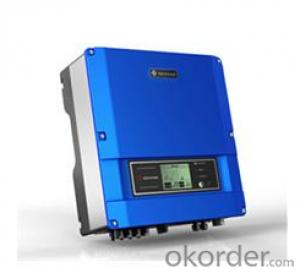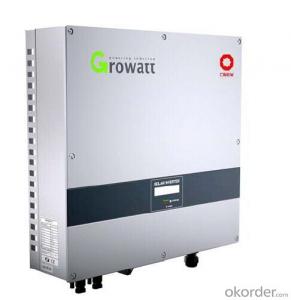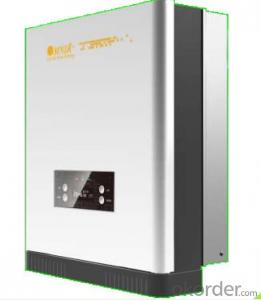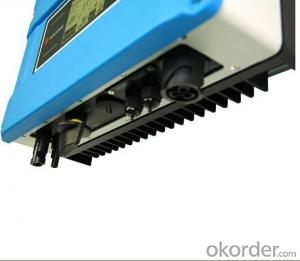On Grid Hybrid Solar Inverter
On Grid Hybrid Solar Inverter Related Searches
Led Light Bulbs For Ceiling Fixtures Led Lamps For Ceiling 42 In Ceiling Fan With Light Parts For Light Fixtures Light Projector For Christmas Grill With Led Light Bar Hanging Lights For Kitchen Bar Ceiling Lights For Sitting Room Ceiling Brackets For Lights Ceiling With Led LightsHot Searches
Aluminium Wire Mesh Manufacturers India Ceiling Fan Lowest Price Aluminium Scaffold Planks Sale Aluminium Walkway Mesh Prices Aluminum Bar Stock For Sale High Mast Light Price List Solar High Mast Light Specification High Mast Light Specification 6061 Aluminum Bar Stock Price Aluminum Bar Stock Price Stage Light Price Solar Inverter Fault Light Led Light Manufacturers Aluminum Round Bar Stock Sizes Aluminum Round Bar Stock Near Me Ceiling Fan Lowest Price Aluminum Flat Bar Stock Near Me Aluminum Bar Stock Sizes Aluminum Bar Stock Suppliers Aluminum Bar Stock Near MeOn Grid Hybrid Solar Inverter Supplier & Manufacturer from China
Okorder.com is a professional On Grid Hybrid Solar Inverter supplier & manufacturer, offers integrated one-stop services including real-time quoting and online cargo tracking. We are funded by CNBM Group, a Fortune 500 enterprise and the largest On Grid Hybrid Solar Inverter firm in China.Hot Products
FAQ
- The role of a solar inverter in maintaining system stability is to convert the direct current (DC) generated by the solar panels into alternating current (AC) that can be used to power electrical devices. It also helps regulate the voltage and frequency of the AC output to ensure it matches the requirements of the electrical grid. By effectively managing the power flow and ensuring compatibility with the grid, the solar inverter helps maintain system stability and prevents any disruptions or damage to the entire solar power system.
- The cost of a solar inverter can vary depending on the brand, size, and features. On average, a basic solar inverter can range from $500 to $2000. However, more advanced or larger capacity inverters can cost upwards of $5000. It is important to consider the quality and efficiency of the inverter when determining its cost as it plays a crucial role in the overall performance of a solar power system.
- A three-phase solar inverter differs from a single-phase inverter in terms of the number of electrical phases and the power output capacity. While a single-phase inverter is designed to convert the direct current (DC) generated by solar panels into alternating current (AC) with a single electrical phase, a three-phase inverter converts DC power into AC power with three electrical phases. This allows for a more balanced distribution of power across the three phases, resulting in increased efficiency and higher power output. Additionally, three-phase inverters are commonly used in industrial and commercial settings where higher power demands are required, while single-phase inverters are typically used in residential applications with lower power requirements.
- Yes, a solar inverter can be used in systems with multiple inverters. In fact, in large-scale solar installations, multiple inverters are often used to handle the increased power output. These inverters are connected in parallel or series to ensure efficient and reliable operation of the entire system.
- A solar inverter handles voltage fluctuations from the solar panels by continuously monitoring the incoming voltage and adjusting its own output voltage accordingly. It employs a control mechanism that stabilizes the voltage to ensure compatibility with the utility grid or the connected appliances. This enables the solar inverter to efficiently convert the variable DC voltage from the solar panels into a stable AC voltage, maintaining a consistent and reliable power supply.
- A solar inverter handles voltage sags or swells in the grid by continuously monitoring the voltage levels. When it detects a sag or swell, it adjusts its internal circuitry to regulate the output voltage accordingly. This ensures that the connected solar panels continue to operate within their optimal voltage range, minimizing any negative impact on the overall power generation system.
- The role of a solar inverter in voltage support is to convert the direct current (DC) generated by solar panels into alternating current (AC) that is compatible with the electrical grid. Additionally, it helps regulate the voltage levels to ensure a steady and consistent supply of electricity to the grid, thereby supporting voltage stability.












































